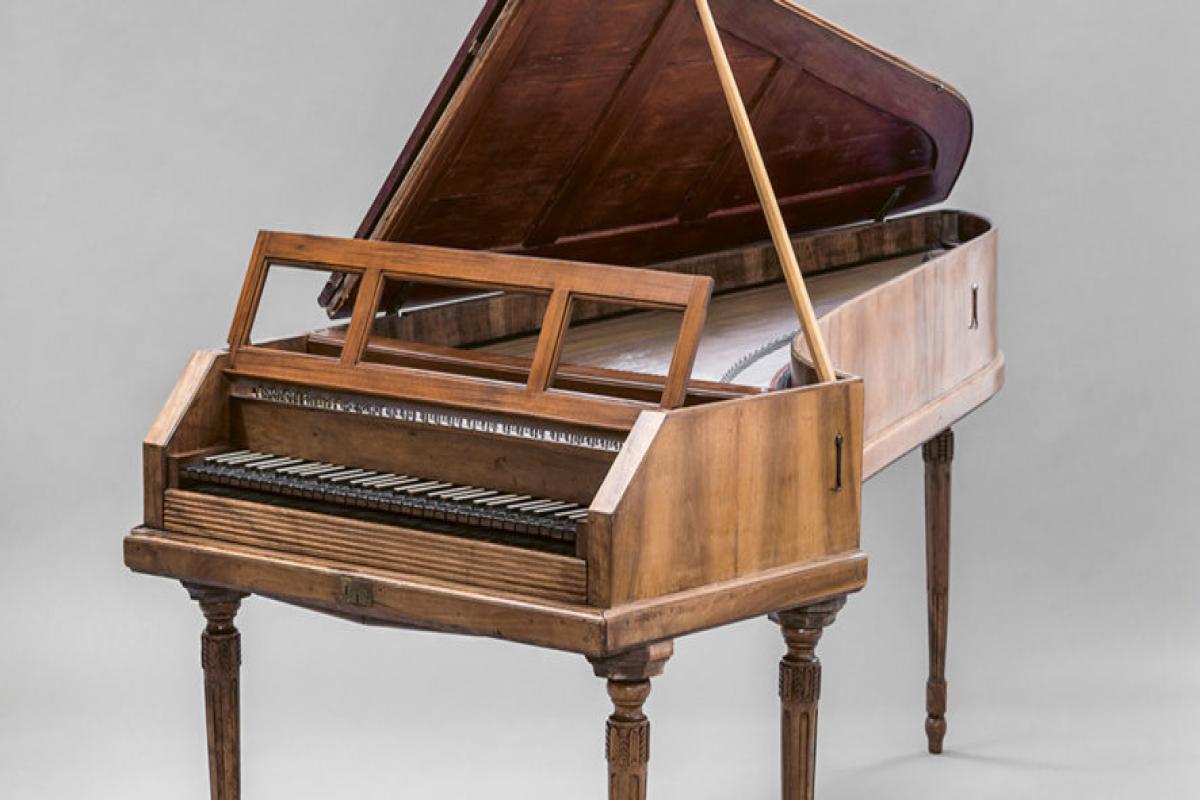
Discover the birth of the modern piano
Table of contents
Invention of fortepiano
Born from the assembly of a harpsichord and a clavichord, the piano was born in the early 8th century. It presented a new mechanism. Indeed, contrary to the harpsichord or the organ, the dynamics of the piano is adjustable, which allows it to play at different levels, as piano and forte.
The first known models of pianoforte were designed by Bartolomeo Cristofori. Only three of his instruments have survived to this day. They are jealously preserved in museums in New York, Rome and Leipzig.
We do not know exactly when Cristofori made the very first model. However, an inventory drawn up by the Medici (his employers), would indicate the presence of a "harpsichord that plays piano and forte" in 1705. Cristofori continued to build models until his death in 1731, improving them each time, without them becoming a commercial success, despite their certain quality.
The challenge was to adapt a keyboard to the cymbalum. It is a question of operating the hammers of the cymbalum by means of a keyboard, with the right force. At the same time, the system must be able to control the muffling of the sound. It seems that Cristofori was not the first to have achieved this, but he devoted 30 years of his career to it, reaching a technical quality that is undeniable today, although not recognized at the time.
Cristofori had discovered the solution to the intrinsic mechanical problem of pianos: the hammers, after hitting the strings, had to immediately stop contact with them in order to let them resonate. But that's not all, they must also return to their original position, quickly and without bouncing, in order to allow a note to be played several times in a row, at a sufficient speed. This problem was a central point in the evolution of the instrument and it will cause concerns of mechanical stability beyond the death of Mozart, because the requirement in this area of the instrument was growing. Cristofori was the father of several important innovations: the thickening and doubling of the strings, the escapement, the reinforcement of the body and the leather-covered hammers.
The first notable piano builder was J.G. Silbermann. He came from a well-known family of organ builders (traces of which can be found in the city of Lausanne, Switzerland). Silbermann's fortepianos were exact copies of Cristofori's models, except for one detail: they had the ancestor of the pedal forte; almost all pianos built afterwards had this innovation. In 1730 Silbermann showed Bach one of his first instruments, but Bach did not like it. He found the keyboard too heavy, the treble poor and noted a significant distortion in the attack which prevented really interesting dynamics.
The development of the pianoforte
This transitional period extends between the death of Mozart and that of Schubert. There is a clear acceleration of improvements during this period.
It is between 1780 and 1890 that the pianoforte will undergo the changes that will bring it to its present form, called "modern piano", changes motivated by the growing need of pianists and composers of the time for wider possibilities of expression and a more powerful sound. These changes were made possible by the industrial revolution, but also by the progress of science, which brought concrete solutions to the mechanical and acoustic problems that the craftsmen could not solve alone.
The tessitura also increased considerably. From the original 4 ½ octaves, we progressively passed to 5, 6 ½, 7 ¼, then 8, to arrive today at some models with 8 ½ octaves!
The birth of the modern piano
It is thanks to a collaboration between competitors that the development of the piano as we know it today was possible. As the bourgeoisie gradually adopted music, its practice went from being an activity for lackeys to one for geniuses. The demand for piano lessons increased and the field experienced a real economic boom. The piano, for its part, increasingly embraced industrial and scientific advances. Several countries were key players in the progress made during the 19th century: France, Switzerland, Germany, England and finally the United States.
If you liked this article, here are some others that might interest you:
